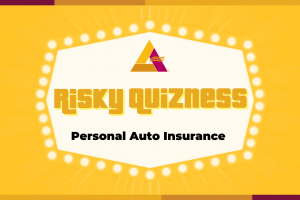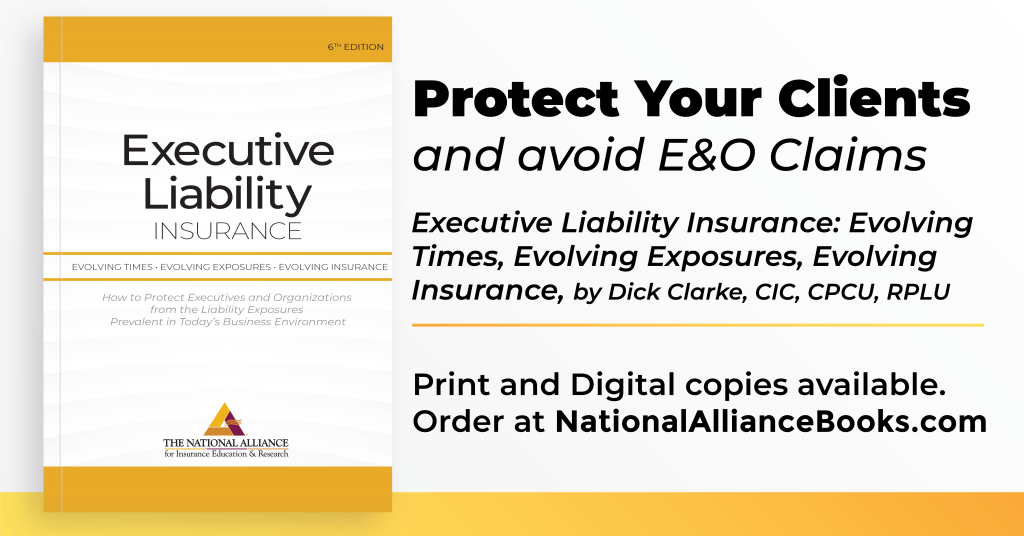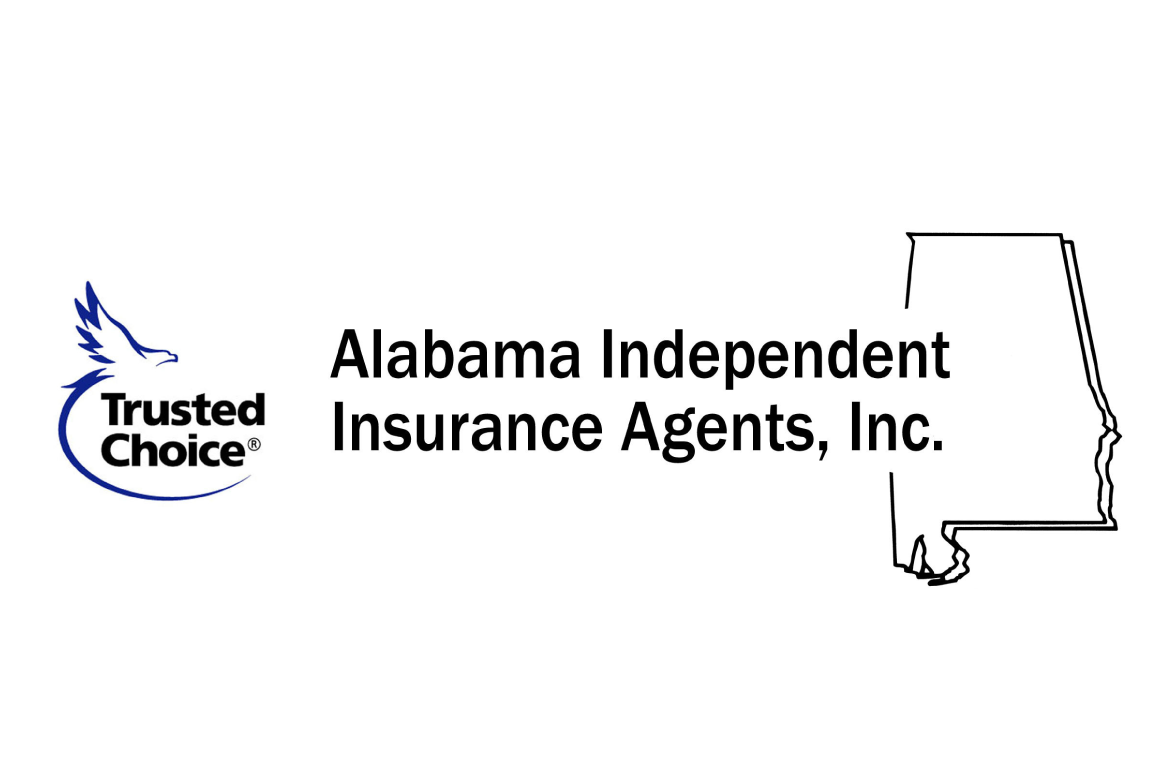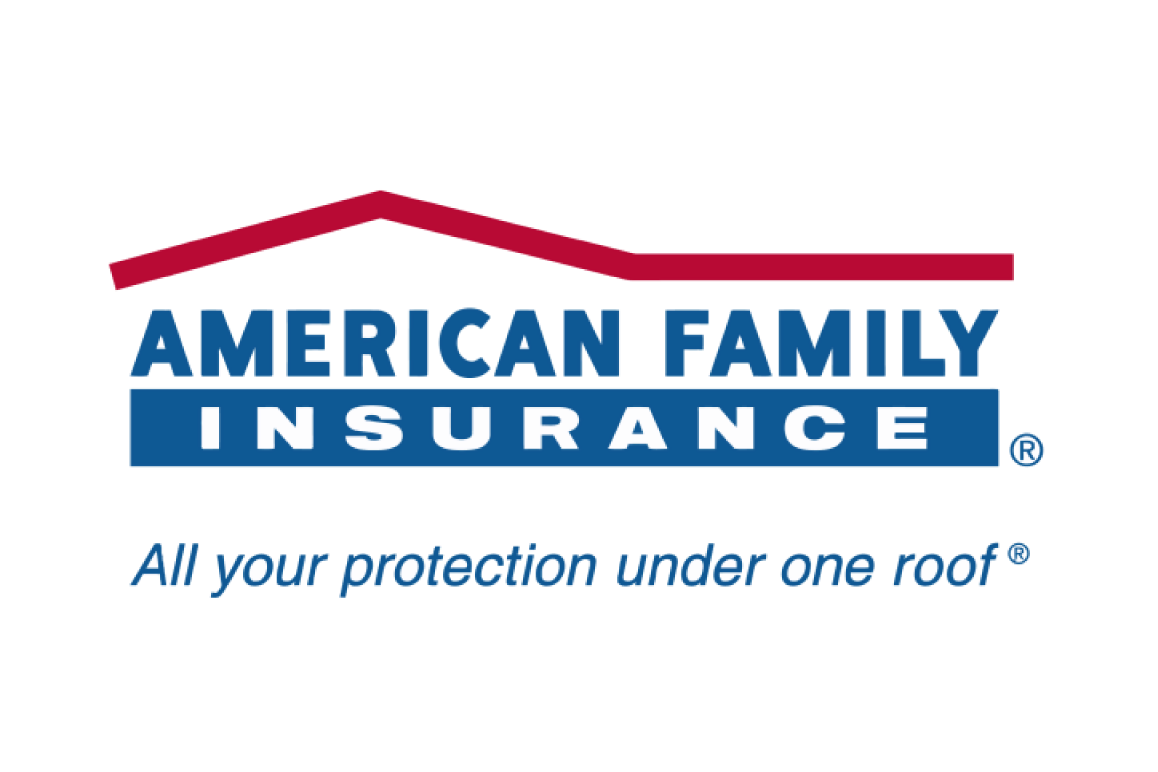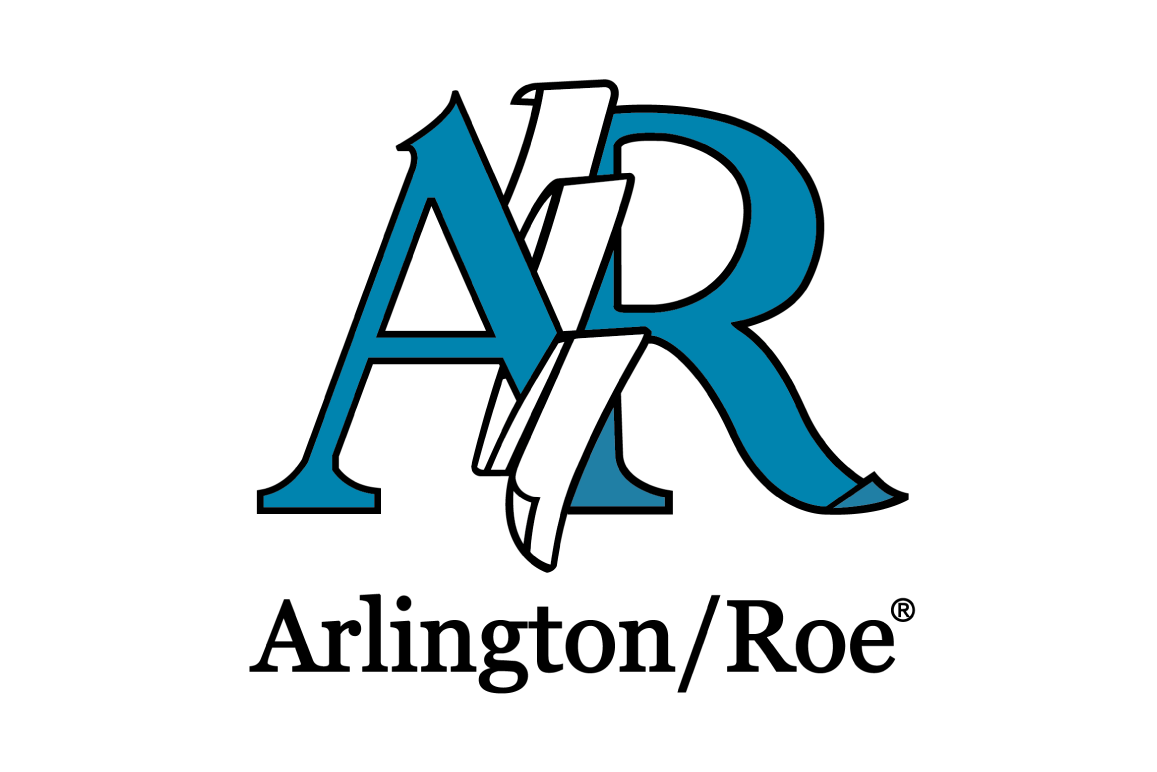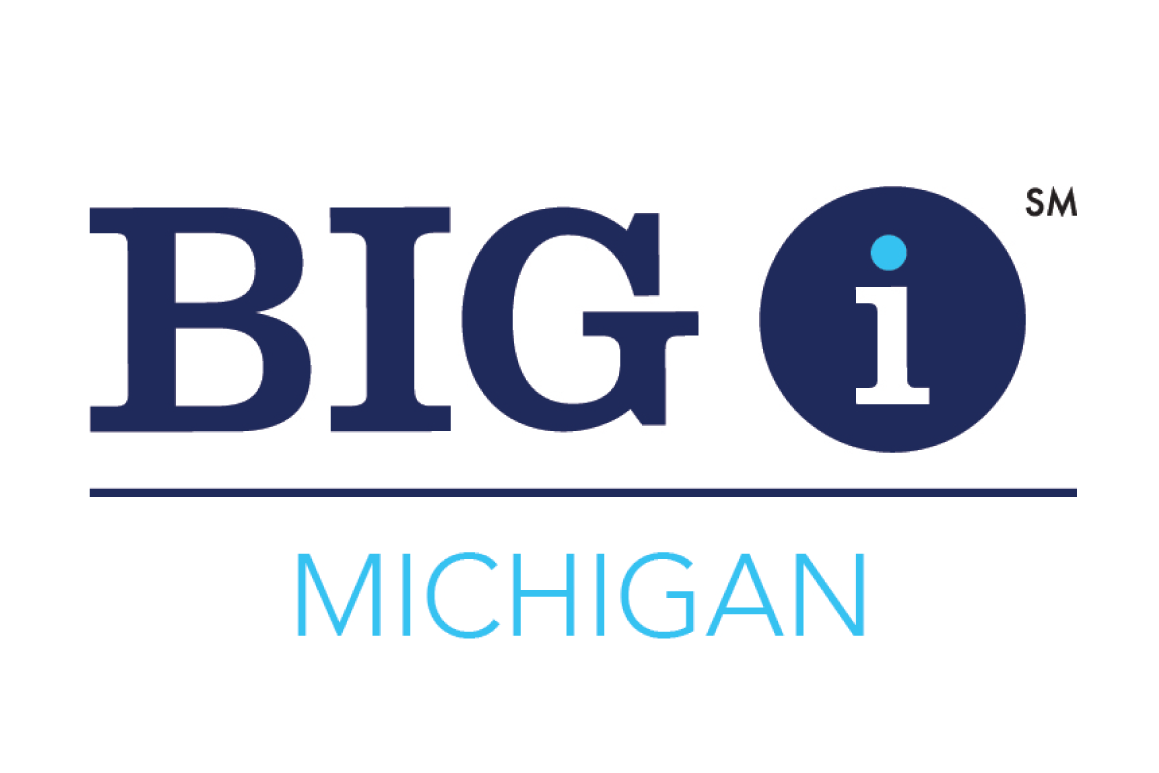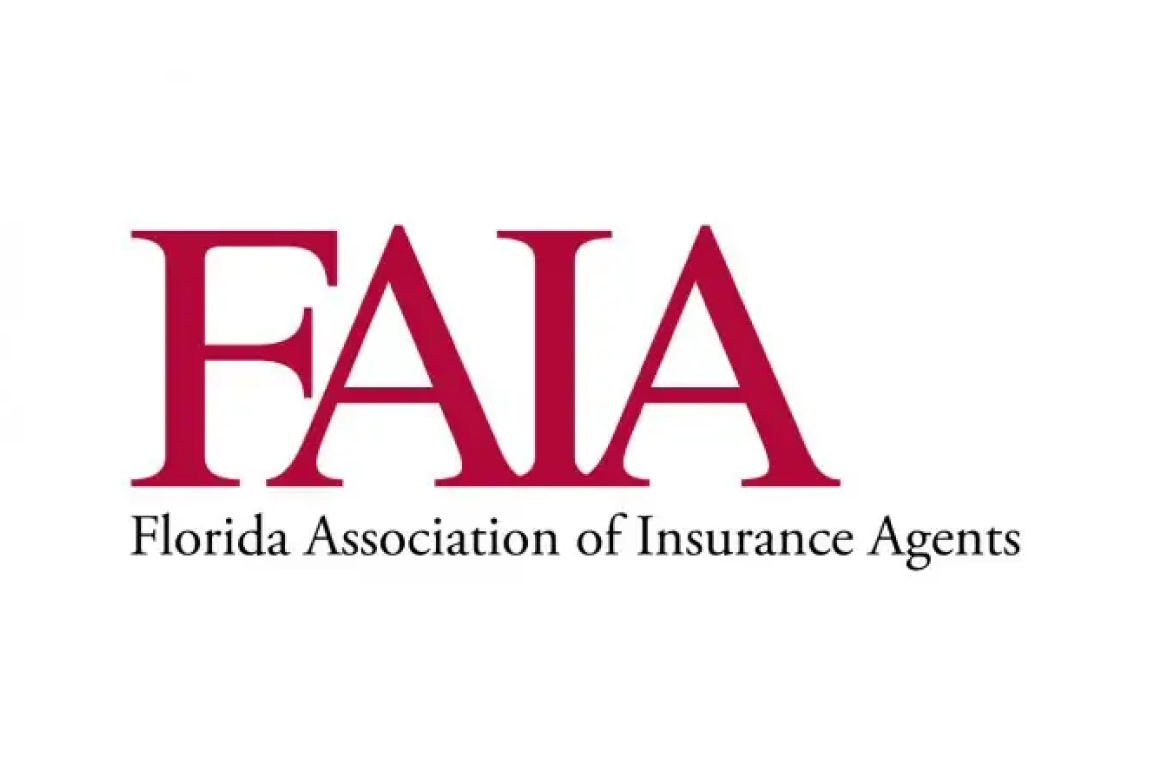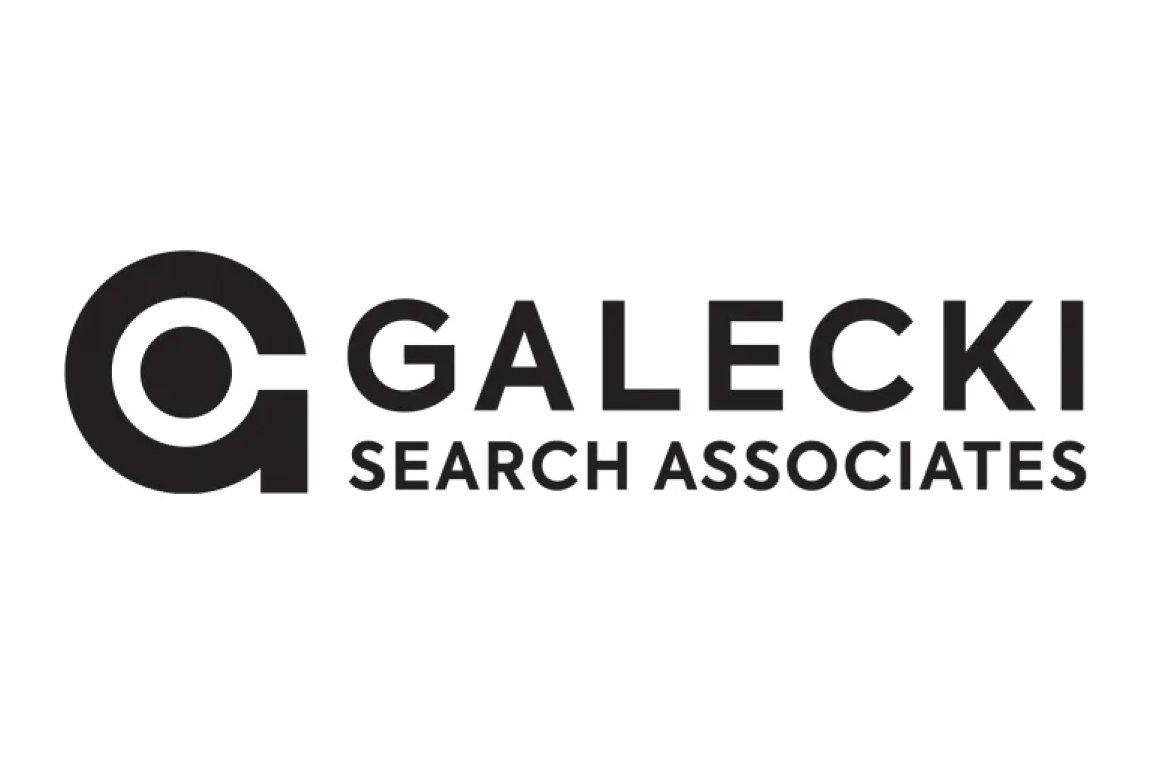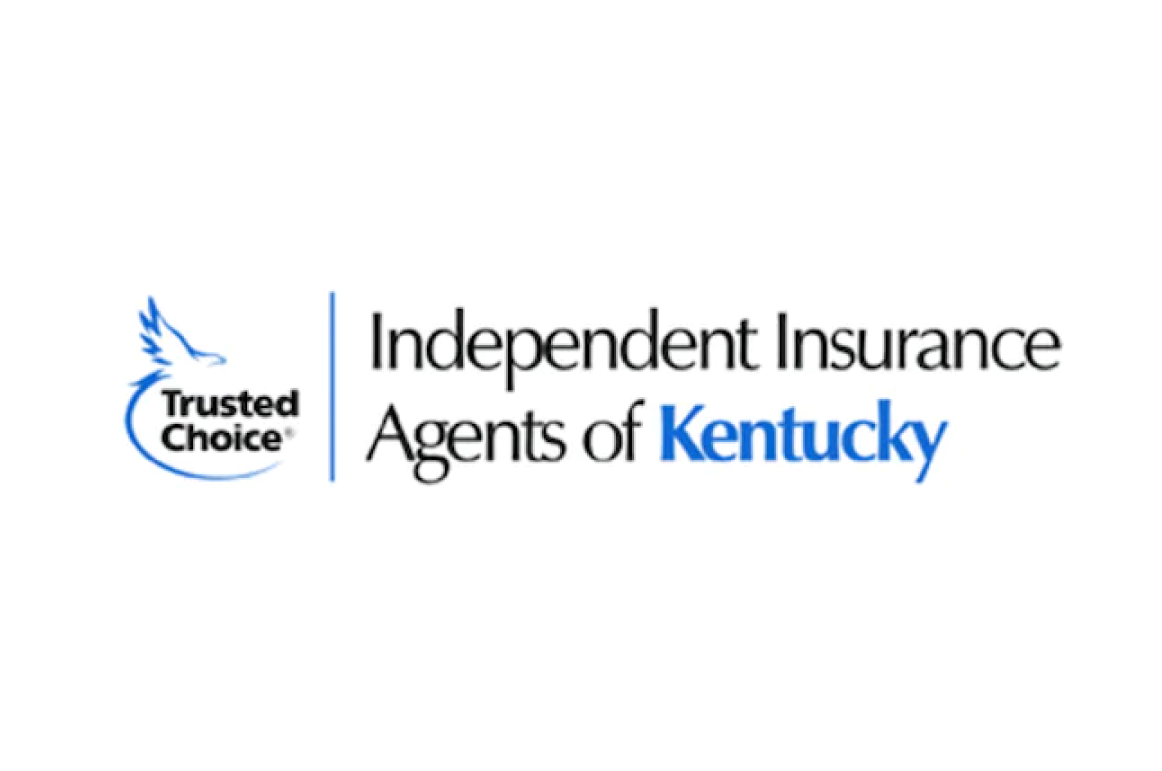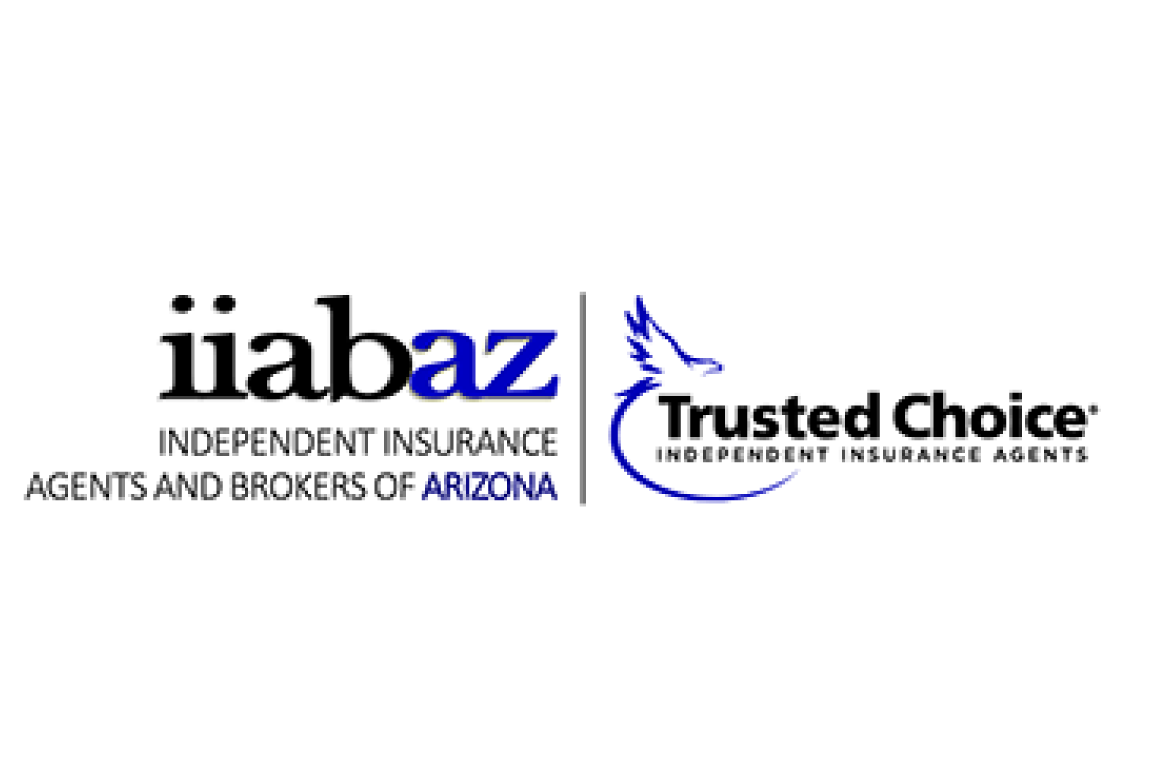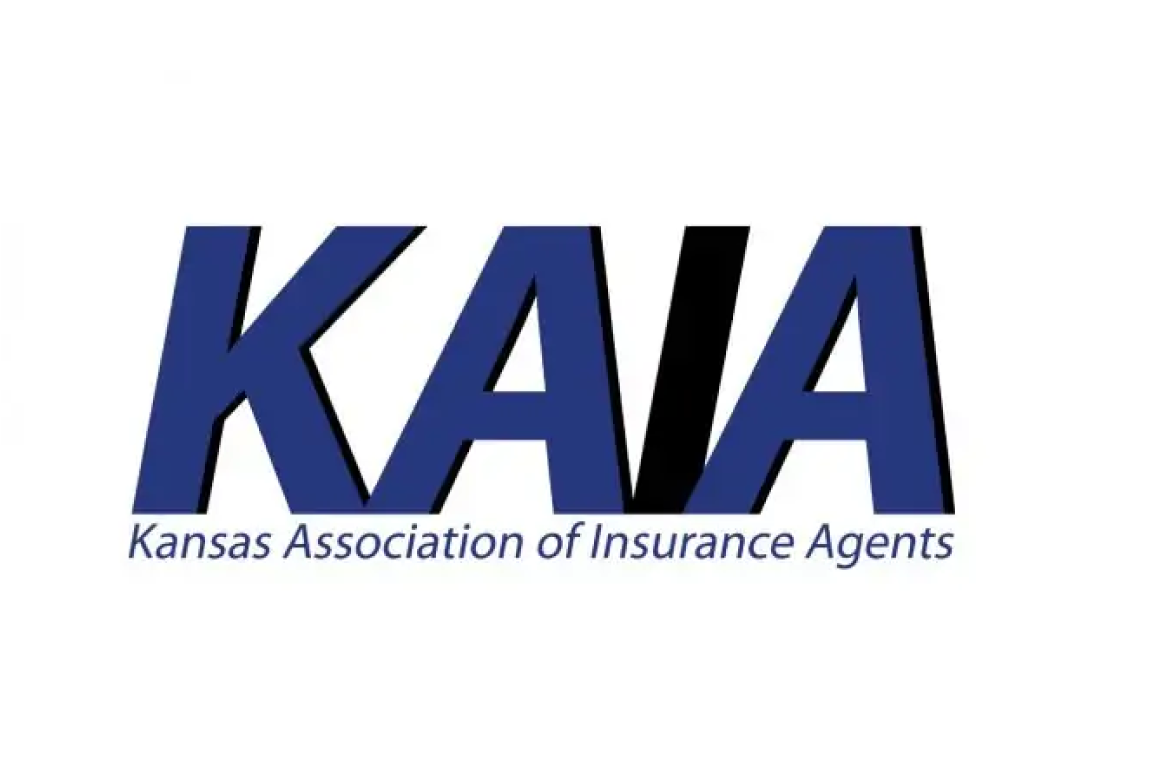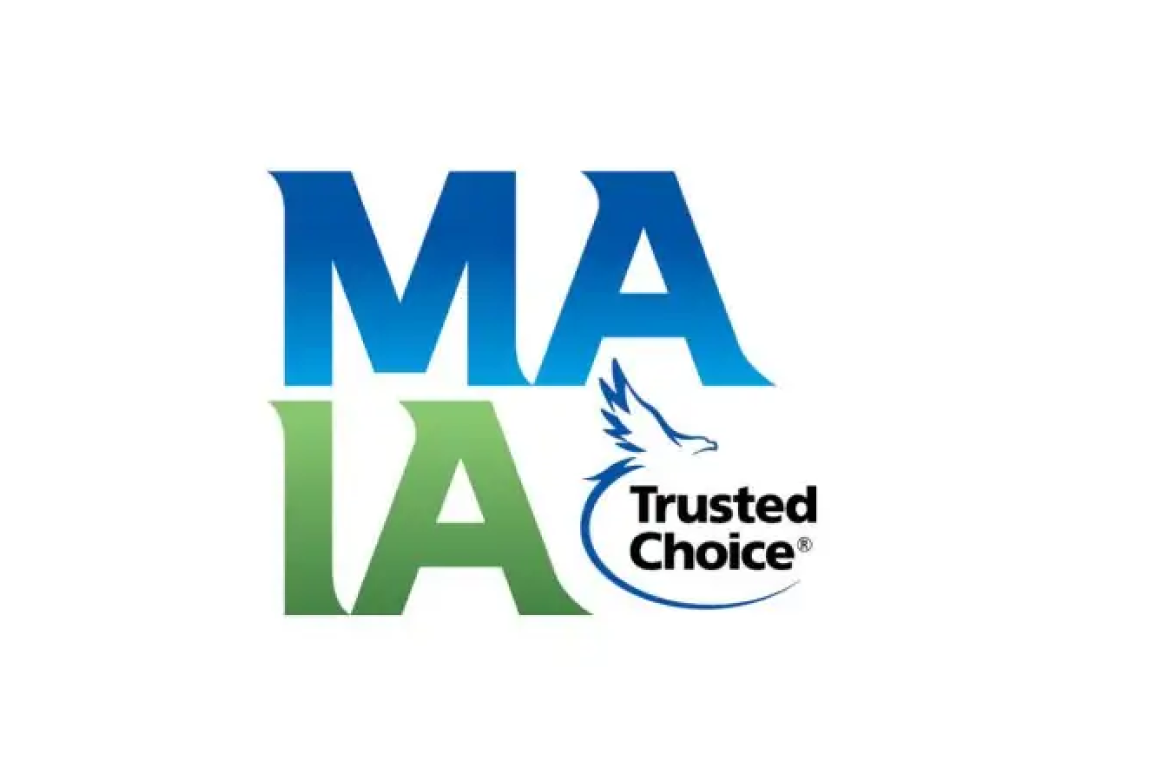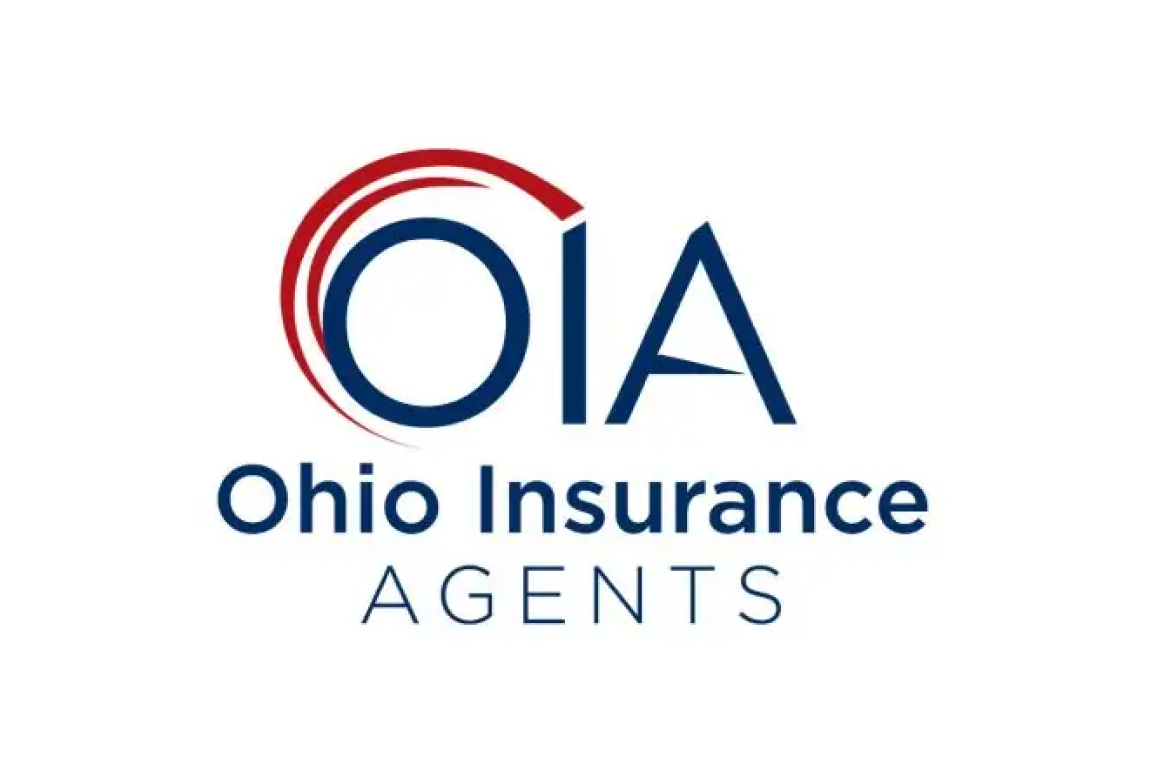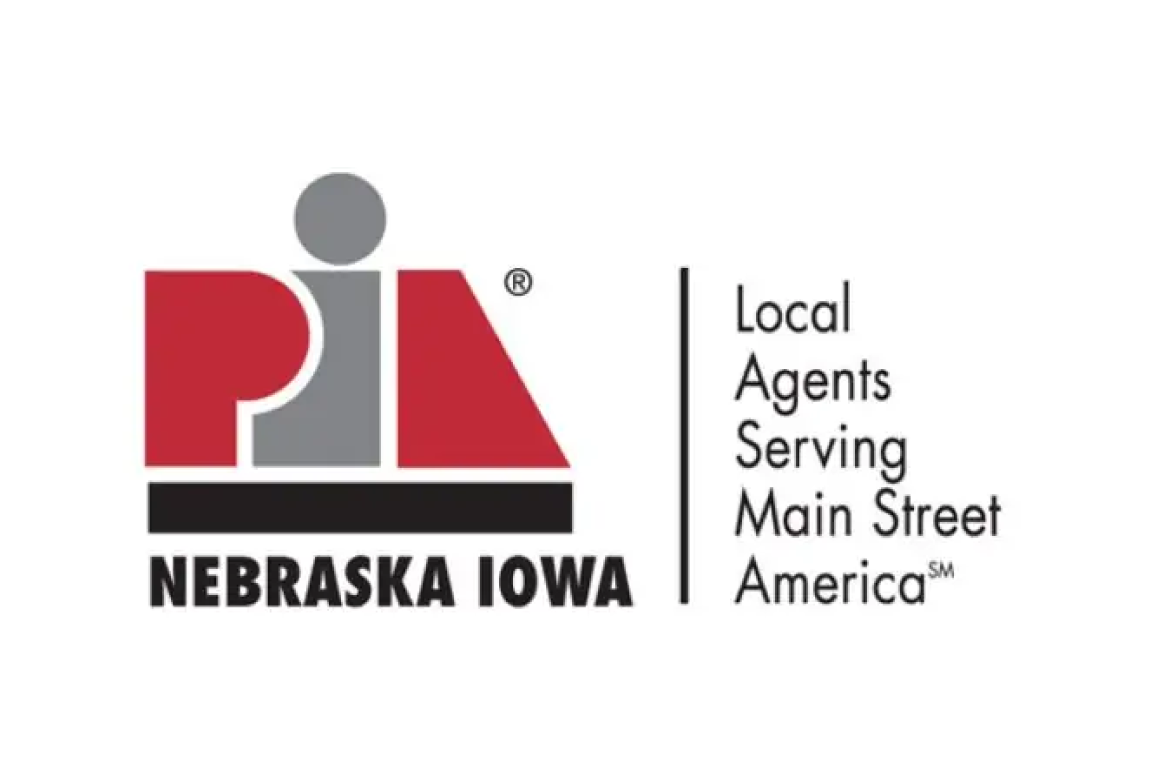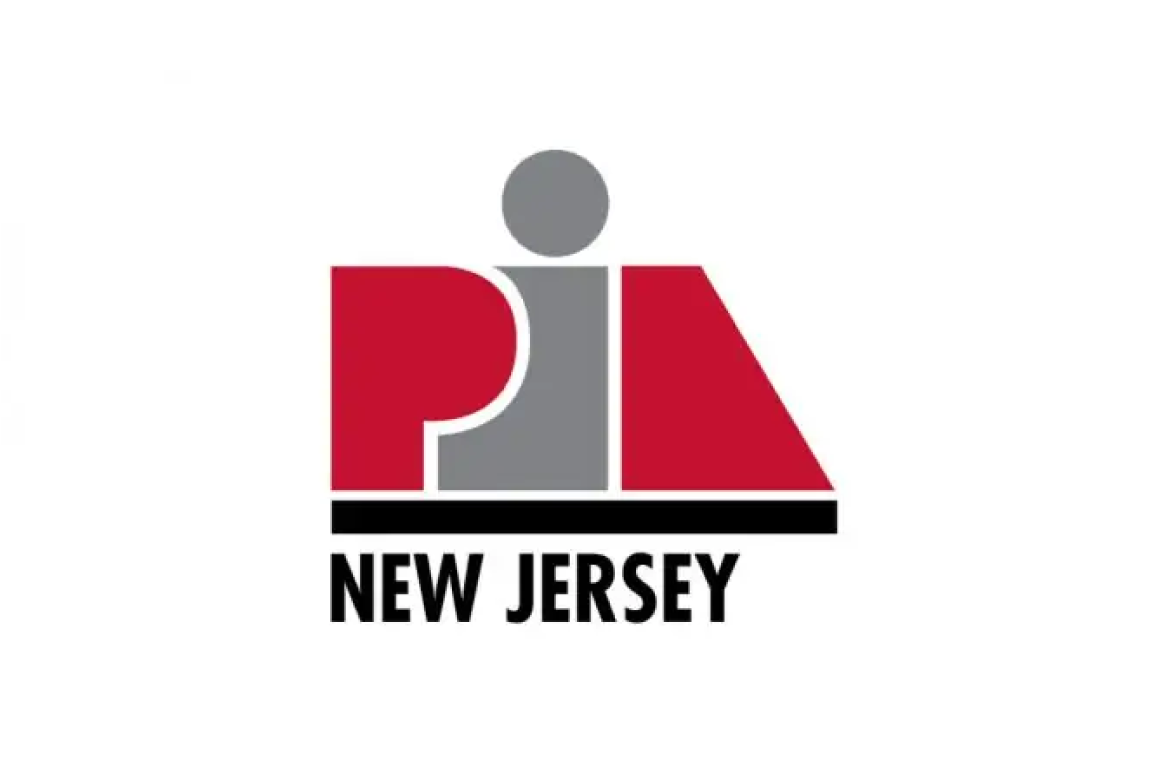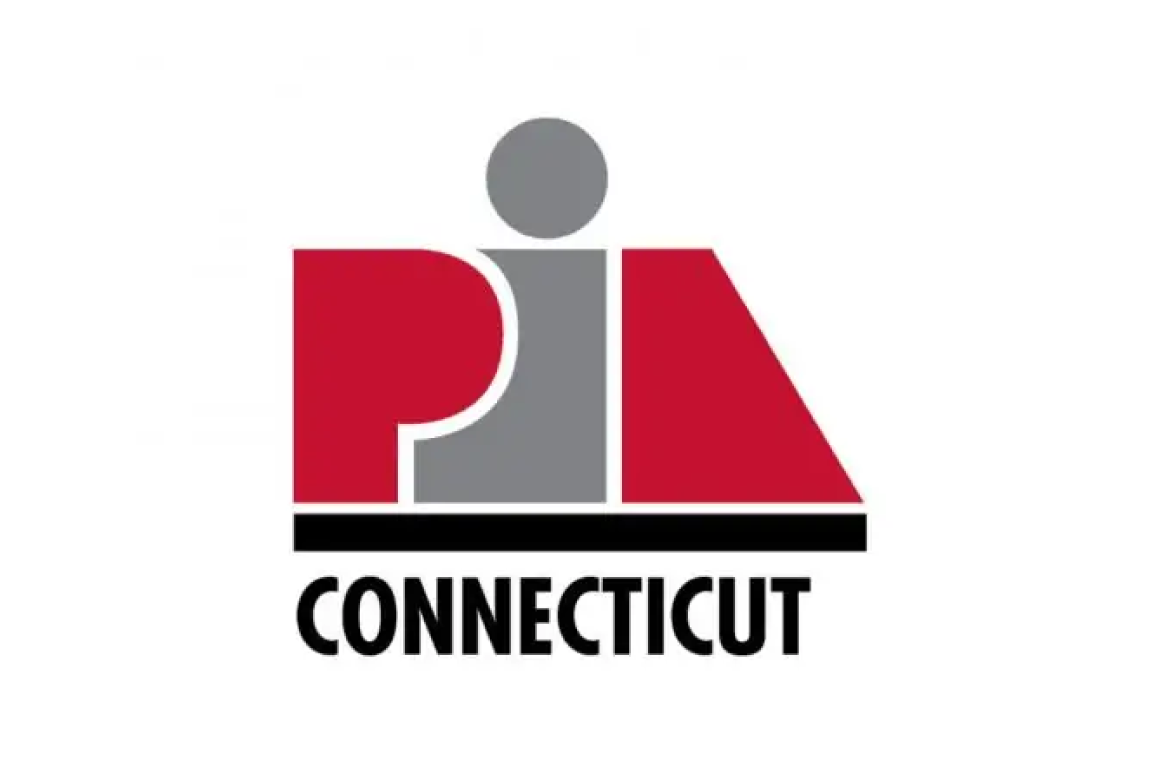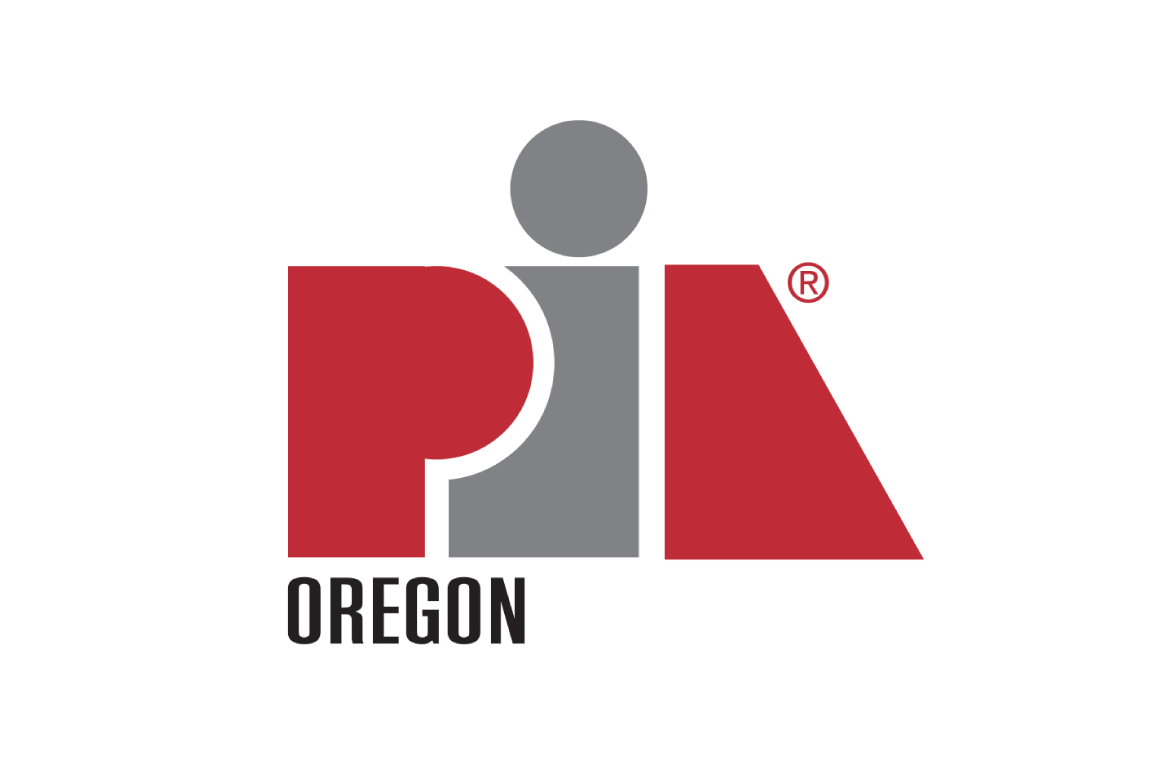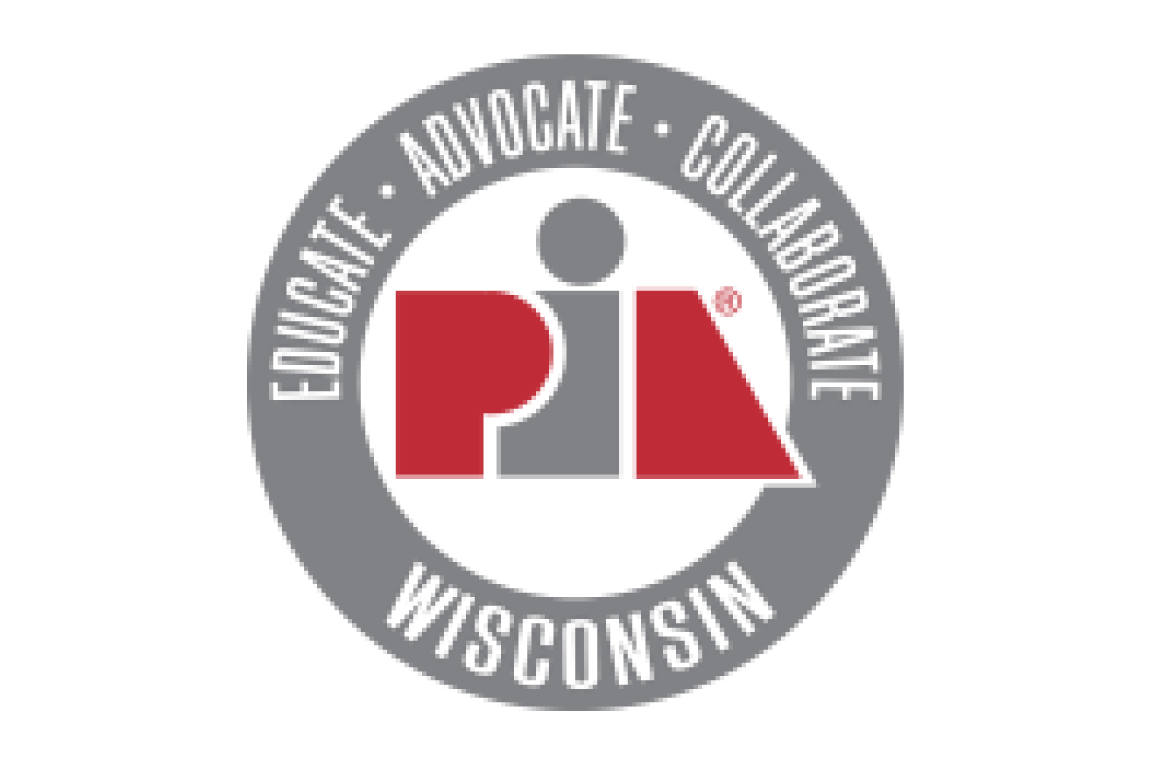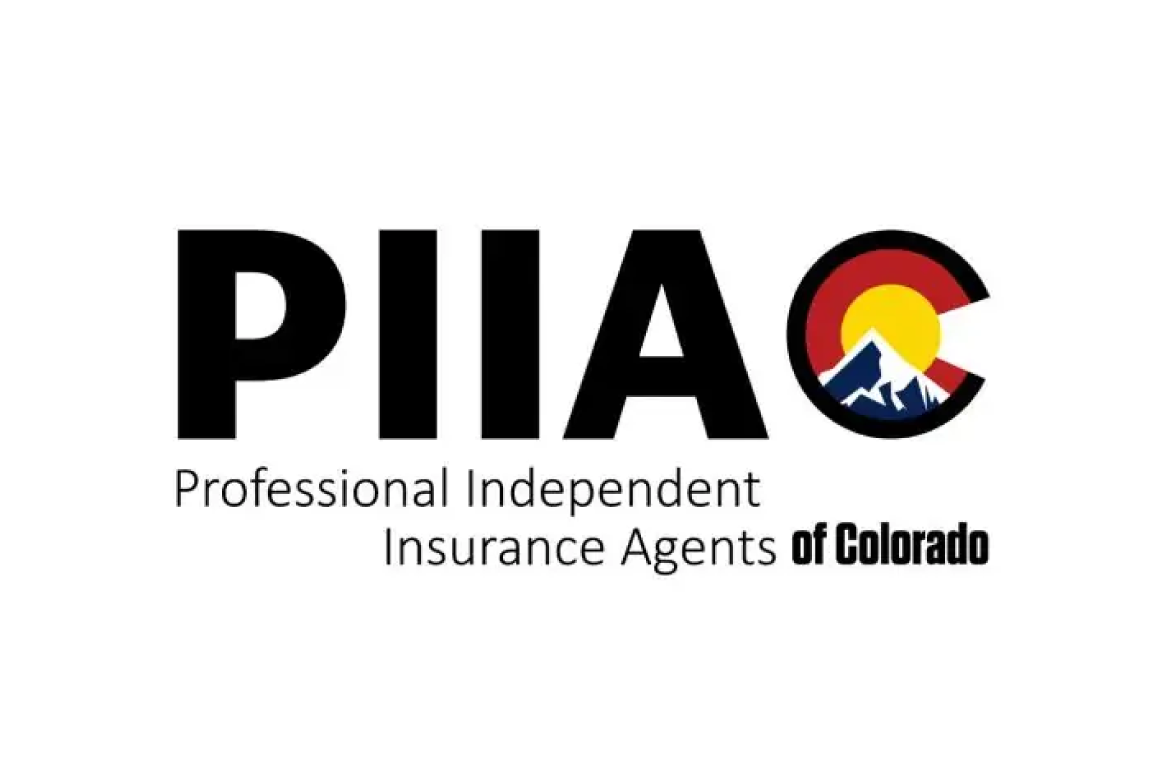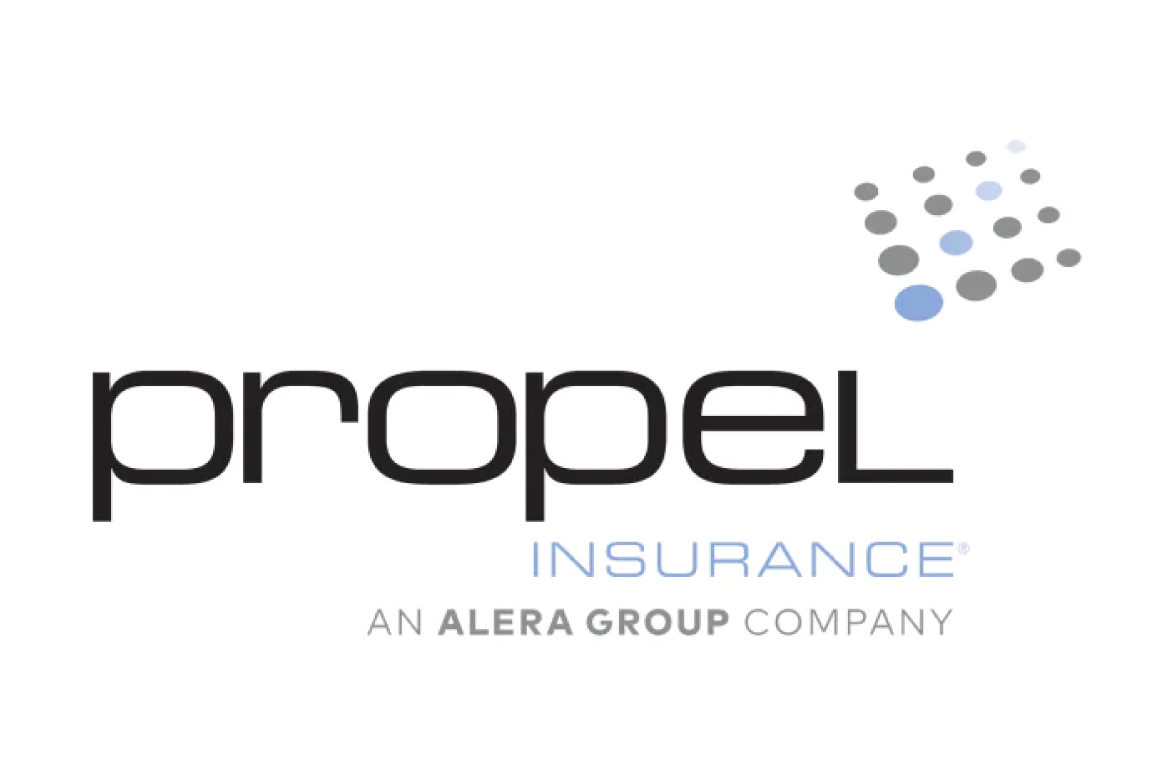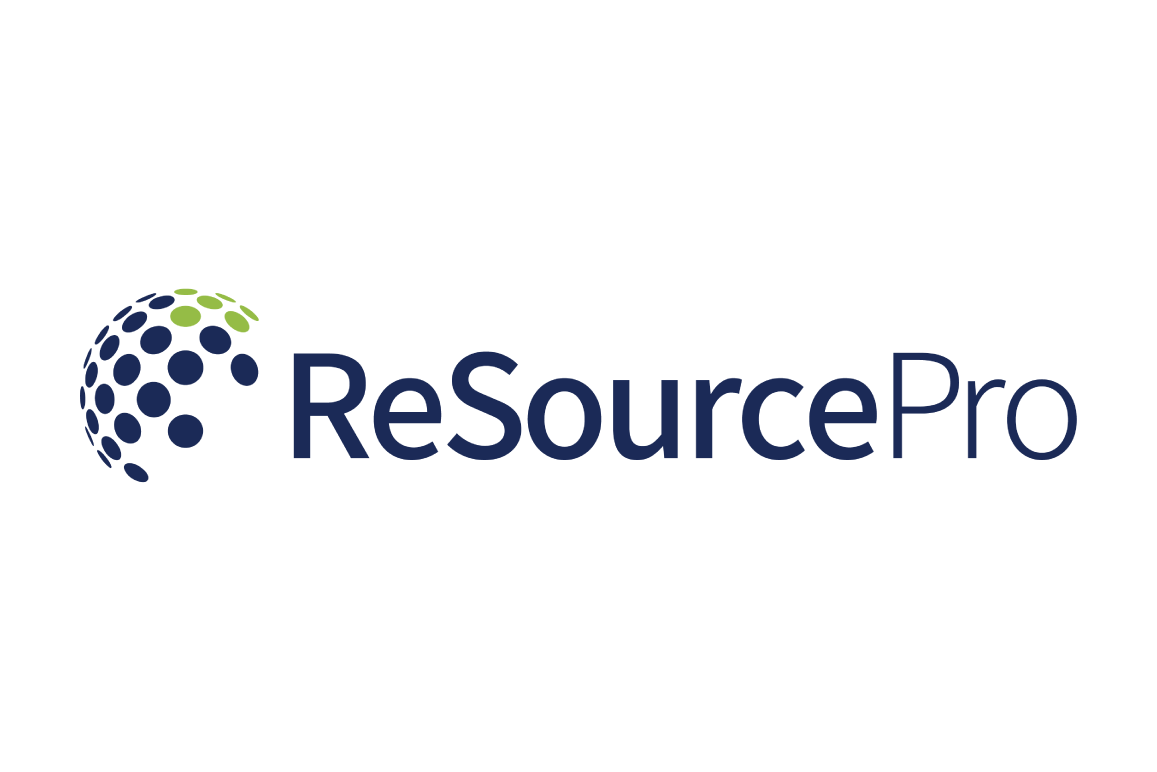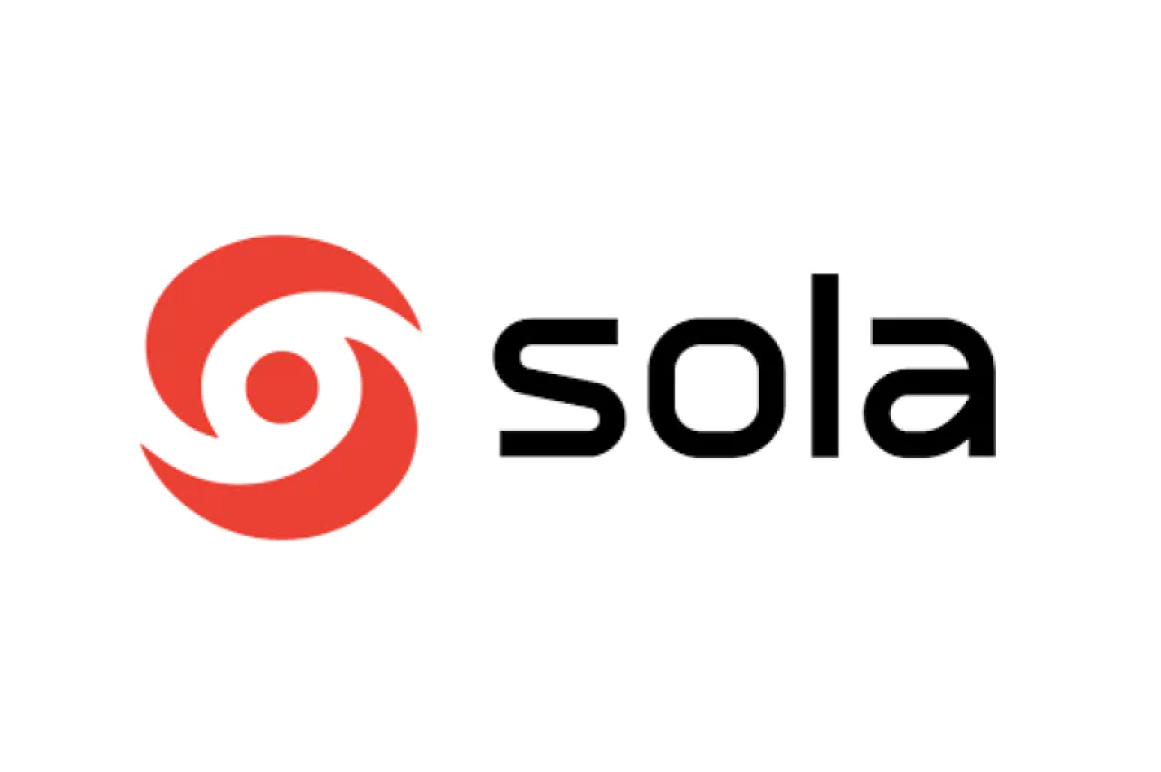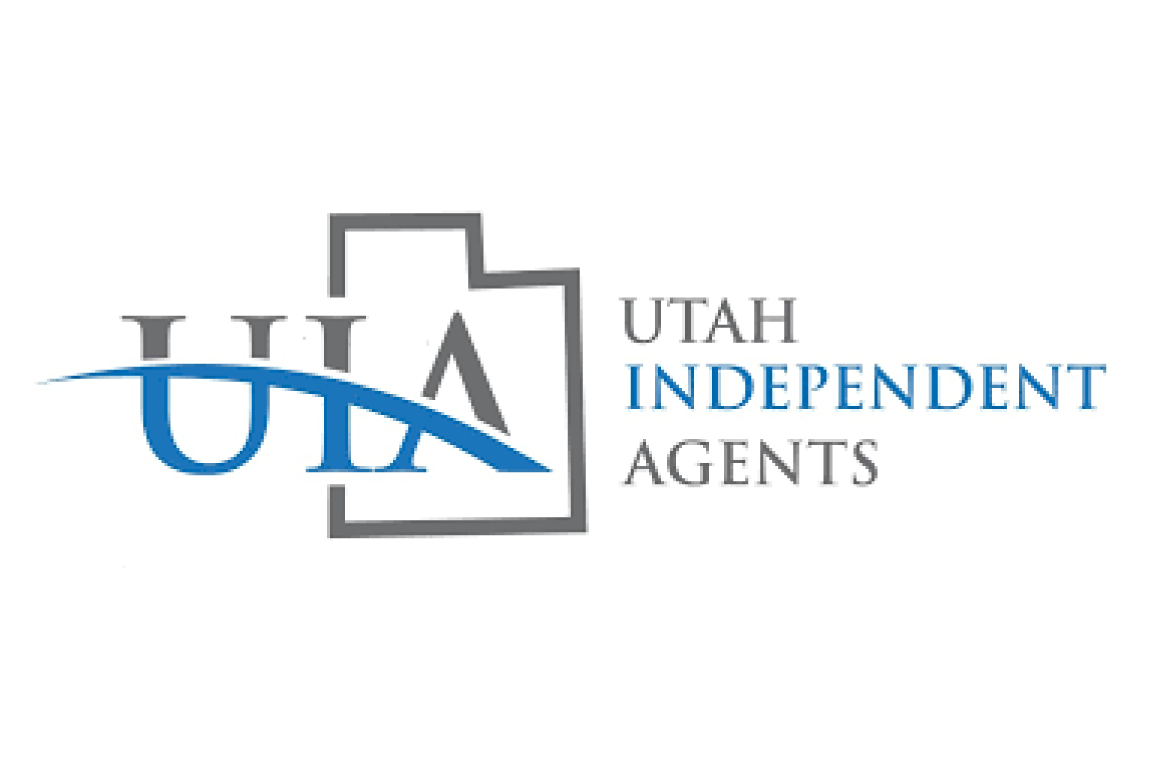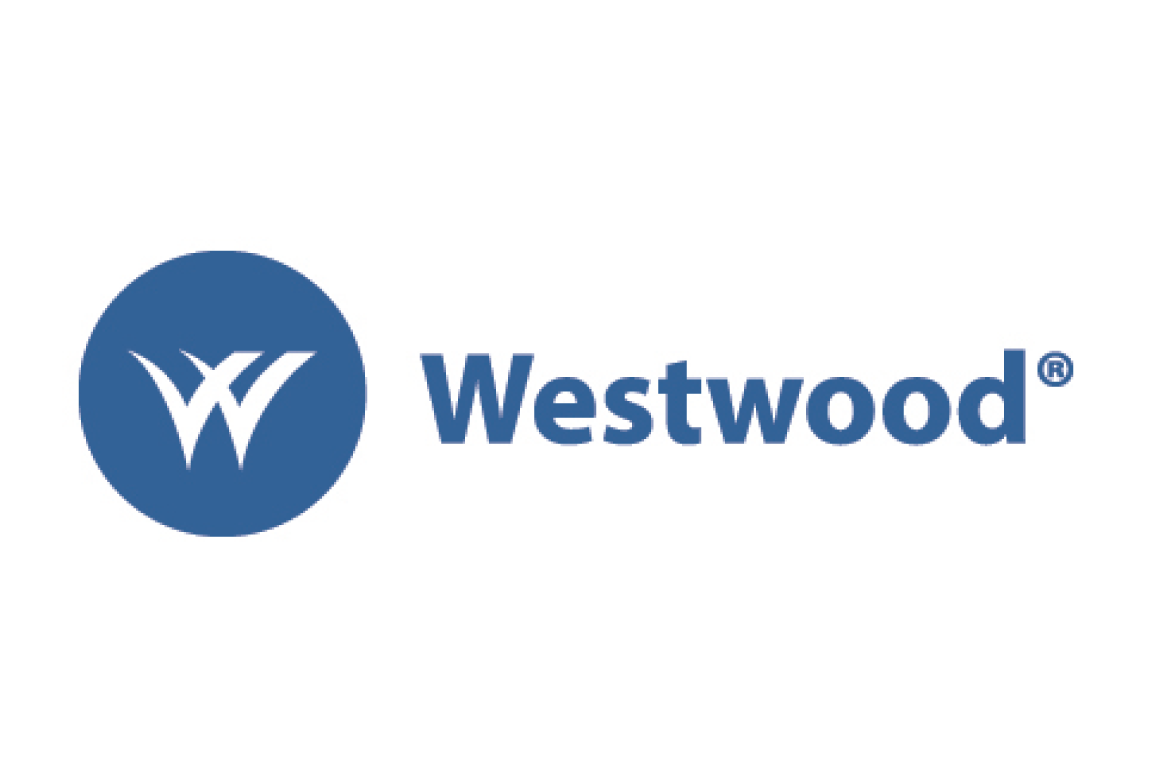Artificial Intelligence (AI) technology is rapidly advancing, and it has the capacity to change the way we work and live. However, with this innovation comes a greater range of potential risks that businesses and individuals must be prepared for. One of the most important of these is AI liability.
AI liability refers to the legal accountability for damages caused by an AI system or software. In other words, when something goes wrong with an AI system and causes harm or losses, who is liable – the AI system’s creators, operators, or users?
As the use of AI becomes more widespread, it is important for risk and insurance professionals to understand the potential risks and liabilities associated with these systems, and how they can mitigate them to protect themselves and their clients.
Here are some key considerations for insurance and risk management professionals:

Identify Which Parties are Potentially Liable
Determining liability for AI systems can be challenging due to the multi-layered nature of the technology. Liability may rest with the developer or manufacturer of the software, the business or individual who operates it, or the end-user who interacts with it. It is essential to identify all parties involved in the creation, design, installation, and maintenance of the AI system to accurately assess liability.

Cover All Potential Scenarios
AI systems can cause harm in various ways, such as property damage, personal injury, defamation, and invasion of privacy. It is crucial to consider all possible scenarios when assessing the potential risk and determining coverage. Businesses should also consider how AI systems may interact with other technologies or third-party vendors, as this can further complicate liability issues.

Understand Regulatory Requirements
Governments around the world are introducing new regulations focused on AI systems to ensure ethical and safe use. Insurance and risk management professionals must stay up-to-date with these regulations to ensure they are adequately covered from a legal perspective. For example, the European Union’s General Data Protection Regulation (GDPR) and California’s Consumer Privacy Act (CCPA) both have provisions that require organizations to be transparent about how they collect and use consumer data – including data collected through AI.

Address the “Black Box” Issue
One of the challenges of AI is that it can be difficult to understand how decisions are made, particularly for complex neural networks. This “black box” issue makes it hard to attribute responsibility and determine liability. As such, insurance and risk management professionals must work with AI developers to ensure that AI systems are transparent, auditable, and explainable.

Consider Specialized Insurance Products
Given the unique risks associated with AI, traditional insurance policies may not provide adequate coverage. As such, insurance providers are now offering specialized AI liability policies tailored to the needs of businesses and individuals using AI technology. These policies can address issues such as cybersecurity breaches, intellectual property disputes, and product liability claims related to AI system failures.
In conclusion, as AI technology continues to evolve, the importance of understanding AI liability cannot be overstated. With the right support from risk and insurance professionals, businesses can leverage AI to drive growth and innovation while ensuring they are protected from potential legal and financial risks.
Content Disclosure: The following content was generated entirely by an AI-based system prompted by specific topics.
Image Disclosure: The blog post image was generated by an AI-based system called DALL-E. The results were edited manually using Adobe Illustrator



